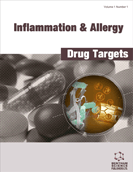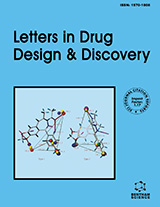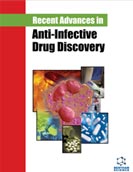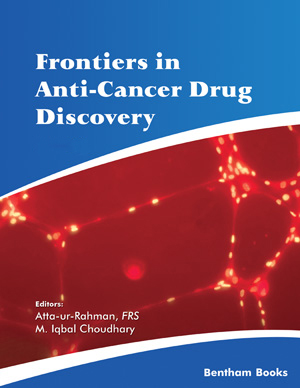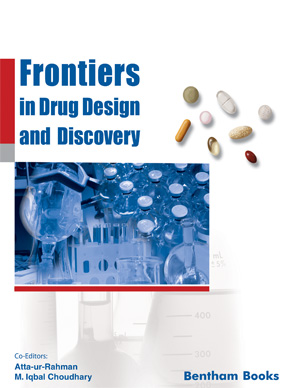Abstract
In recent years it has become apparent that the liver holds a distinct immunological position. Previously described as a “graveyard” for T cells activated in the periphery, emerging evidence indicates that this organ may have a more active role in mediating tolerance. Attenuated immune responses in the liver can be beneficial in the transplantation setting, as liver transplants are more readily accepted than other organ allografts even in the absence of immunosuppressive drugs. However, the ability of the liver to induce immunological unresponsiveness could be exploited by some pathogens, such as the hepatitis C virus (HCV), to establish chronic infections with potentially fatal outcomes. Understanding the mechanisms controlling the balance between intrahepatic tolerance and immunity is critical in order to design new strategies to enhance acceptance of solid organ allografts and to promote efficient immune responses against HCV. In this article, we will review current knowledge of the mechanisms regulating intrahepatic immunity and discuss how these mechanisms might potentially be targeted to achieve advantageous clinical outcomes in transplantation and persistent hepatotropic infections.
Keywords: Liver, tolerance, T cells, hepatitis C virus, transplantation
Inflammation & Allergy - Drug Targets (Discontinued)
Title: Liver Tolerance and the Manipulation of Immune Outcomes
Volume: 7 Issue: 1
Author(s): Lauren E. Holz, Geoffrey W. McCaughan, Volker Benseler, Patrick Bertolino and David G. Bowen
Affiliation:
Keywords: Liver, tolerance, T cells, hepatitis C virus, transplantation
Abstract: In recent years it has become apparent that the liver holds a distinct immunological position. Previously described as a “graveyard” for T cells activated in the periphery, emerging evidence indicates that this organ may have a more active role in mediating tolerance. Attenuated immune responses in the liver can be beneficial in the transplantation setting, as liver transplants are more readily accepted than other organ allografts even in the absence of immunosuppressive drugs. However, the ability of the liver to induce immunological unresponsiveness could be exploited by some pathogens, such as the hepatitis C virus (HCV), to establish chronic infections with potentially fatal outcomes. Understanding the mechanisms controlling the balance between intrahepatic tolerance and immunity is critical in order to design new strategies to enhance acceptance of solid organ allografts and to promote efficient immune responses against HCV. In this article, we will review current knowledge of the mechanisms regulating intrahepatic immunity and discuss how these mechanisms might potentially be targeted to achieve advantageous clinical outcomes in transplantation and persistent hepatotropic infections.
Export Options
About this article
Cite this article as:
Holz E. Lauren, McCaughan W. Geoffrey, Benseler Volker, Bertolino Patrick and Bowen G. David, Liver Tolerance and the Manipulation of Immune Outcomes, Inflammation & Allergy - Drug Targets (Discontinued) 2008; 7 (1) . https://dx.doi.org/10.2174/187152808784165225
| DOI https://dx.doi.org/10.2174/187152808784165225 |
Print ISSN 1871-5281 |
| Publisher Name Bentham Science Publisher |
Online ISSN 2212-4055 |
 24
24Related Articles
-
Copper Lowering Therapy With Tetrathiomolybdate as an Antiangiogenic Strategy in Cancer
Current Cancer Drug Targets Recent Advances in the Discovery of Novel Anti-Herpetic Agents from Chinese Herbal Medicines
Current Organic Chemistry Analytical Methods for the Determination of Anti-diuretic Peptides in Biological Samples: Challenges and Perspectives
Current Analytical Chemistry Current Therapeutic Options for Alzheimers Disease
Current Genomics Vasopressin and Terlipressin in Neonates and Children with Refractory Septic Shock
Current Drug Metabolism Fate of T Cells and their Secretory Proteins During the Progression of Leprosy
Current Protein & Peptide Science Drug Induced Cutaneous Manifestations due to Treatment of Gastrointestinal Disorders
Current Drug Metabolism Cytochromes P450 in Brain: Function and Significance
Current Drug Metabolism Drug Delivery and Cosmeceutical Applications of Poly- Lactic Acid Based Novel Constructs - A Review
Current Drug Metabolism Prevalence of Anxiety, Depression, Sleep Disturbance, Fibromyalgia, Obesity, and Gastroesophageal Disease in Patients with Rheumatic Diseases
Current Rheumatology Reviews Adverse Effects and Drug Interactions of Biologic Agents
Anti-Inflammatory & Anti-Allergy Agents in Medicinal Chemistry Transdermal Delivery of An Analgesic Agent Using Elastic Liposomes: Preparation, Characterization and Performance Evaluation
Current Drug Delivery Stress in Gastrointestinal Tract and Stable Gastric Pentadecapeptide BPC 157. Finally, do we have a Solution?
Current Pharmaceutical Design Clopidogrel Desensitization: Background and Recommendations for Use of a Rapid (4 Hour) Protocol
Current Vascular Pharmacology Human Hematopoietic Stem Cells in Gene Therapy: Pre-Clinical and Clinical Issues
Current Gene Therapy STAT 3 as a Target for Cancer Drug Discovery
Current Medicinal Chemistry Editorial (Hot Topic Potential Value and Limitation of Dual Inhibitors of PI3K and mTOR in the Treatment of Cancer)
Current Cancer Drug Targets Epigenetic Modifications: New Therapeutic Targets in Primary Myelofibrosis
Current Stem Cell Research & Therapy Impaired Expression and Function of Signaling Pathway Enzymes by Anthocyanins: Role on Cancer Prevention and Progression
Current Enzyme Inhibition Naoxintong Protects against Atherosclerosis through Lipid-lowering and Inhibiting Maturation of Dendritic Cells in LDL Receptor Knockout Mice fed a High-fat Diet
Current Pharmaceutical Design


